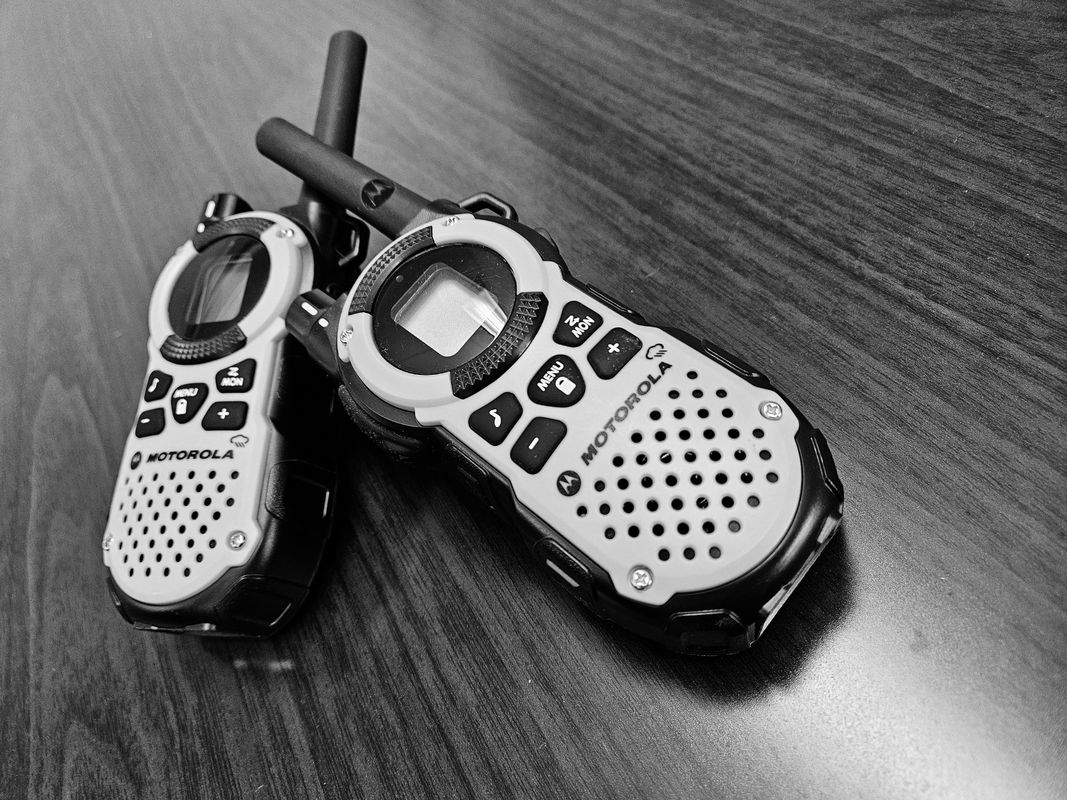A West Virginia University electrical engineer says attacks on Hezbollah walkie-talkies and pagers this week (Sept. 17-18) demonstrate a high level of technical ingenuity and careful planning, including the exploitation of the supply chain for those devices.
Anurag Srivastava, professor and chair of the Lane Department of Computer Science and Electrical Engineering in the WVU Benjamin M. Statler College of Engineering and Mineral Resources, is available to discuss how the feat of modern cyberwarfare could have been accomplished.
Quotes:
“Bad actors often use items like pagers and walkie-talkies in lieu of cell phones to evade sophisticated electronic surveillance. However, they can be modified to include detonators and explosive charges through exploitation of certain points within the supply chain, making them deadly tools when triggered remotely.
“The process of sabotage begins with physical modification of the pager or personal radio. These devices already contain all the essential components for an explosive device: a power source — the battery, a container — the device casing, and a triggering mechanism —the communication circuitry. The addition of a detonator and explosive charge converts them into remote-controlled bombs. A microcontroller is typically embedded within the device to interface with its circuitry, allowing it to detonate in response to external signals.
“The triggering mechanism for these devices relies primarily on radio frequency signals, as both pagers and walkie-talkies operate on radio frequency bands. In the case of pagers, a unique radio frequency signal can be transmitted over the paging network. The modified pager, programmed to listen for this specific signal, activates the detonator when the correct frequency and signal pattern are detected.
“Similarly, a walkie-talkie can be set to a predetermined channel and frequency. When the matching radio frequency signal is received, the microcontroller closes the circuit, triggering the explosion.
“To ensure precise activation, the microcontroller can be programmed to recognize a unique sequence of tones or signal modulations, minimizing the risk of accidental detonation. This setup requires careful pre-programming and maybe signal testing, often involving encryption or authentication sequences to prevent unintended triggering.
“The combination of radio frequency signals with an embedded microcontroller enables remote activation. It takes a high level of technical expertise to modify these low-tech communication tools into sophisticated remote-controlled weapons.” — Anurag Srivastava, professor and chair, Lane Department of Computer Science and Electrical Engineering, WVU Benjamin M. Statler College of Engineering and Mineral Resources
